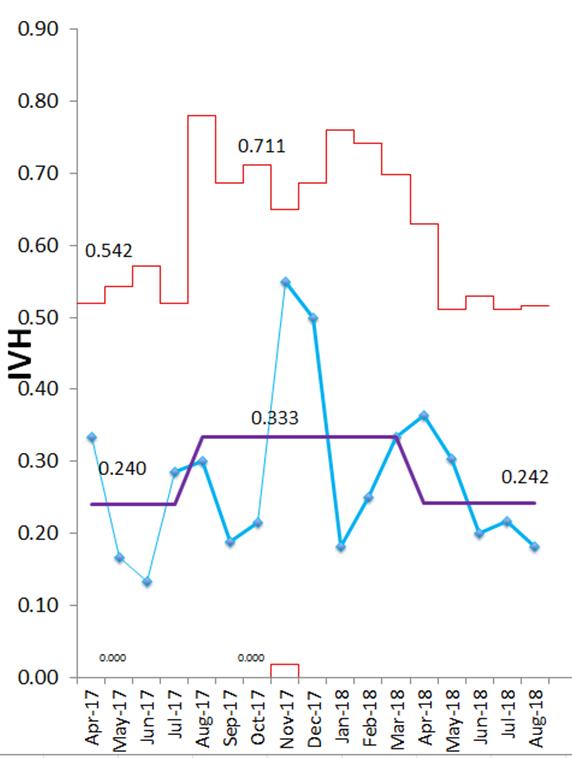
Despite the frequent use of dialysis for critically ill children and adults, the procedure has historically been used sparingly in neonatal intensive care units (NICU) because dialysis machines designed for adults can cause severe complications in babies. That’s no longer the case at Children’s of Alabama.
The problem is that continuous renal replacement therapy in these tiny patients requires at least 100 ml of blood to initiate the therapy. This can be half or even more of the baby’s entire blood volume, said David Askenazi, M.D., MSPH, who directs the Pediatric and Infant Center for Acute Care Nephrology. “Many times, when we started the machine, we had to open the crash cart to resuscitate infants who were coding,” he said.
That changed in 2013, when Askenazi realized that a machine designed to remove fluid and sodium from blood in adults with heart failure — the Aquadex FlexFlow® System — could be repurposed for neonate dialysis.
“If we could adapt a machine that requires one-third of the blood of the traditional machine volume to do what we needed, we knew we could improve our ability to support these babies,” he said. So the team learned as much as they could about the device, developed a safety net of processes to maximize the likelihood of success and convinced the hospital to buy its first machine.
Today, the hospital has fiveAquadex machines and two or three babies are typically receiving dialysis at any one time. “Now we have complete control over their fluids, electrolytes and waste products,” Askenazi said, “while the nurses feel comfortable doing the therapy and the babies don’t even know they’re on it.” Last year, babies in the NICU spent a total of 800 days on dialysis compared to just 30 days in 2013.
“For our babies born with diseased or absent kidneys, Aquadex has given them a chance at life,” said NICU nurse practitioner Kara Short, MSN, CRNP, “because in the past, there were no options to treat these patients.”
The team published the results of its first 12 patients in the journal Pediatric Nephrology in 2016. Since then, they have treated more than 90 patients, the smallest just 1.2 kg (2 pounds, 7 ounces) and taught nephrologists at several other children’s hospitals around the country to use the Aquadex. However, there are still only a handful of hospitals offering the procedure.
“We have shown we can now support these babies safely,” Askenazi said. “The impetus now is on us to make sure the patients who can benefit from this therapy make it to Children’s so we can give them a chance for life.”
And the machine’s manufacturer? It is now pursuing a pediatric indication for Aquadex.
A Team Effort
Learn more about the neonatology program and team at Children’s of Alabama.





